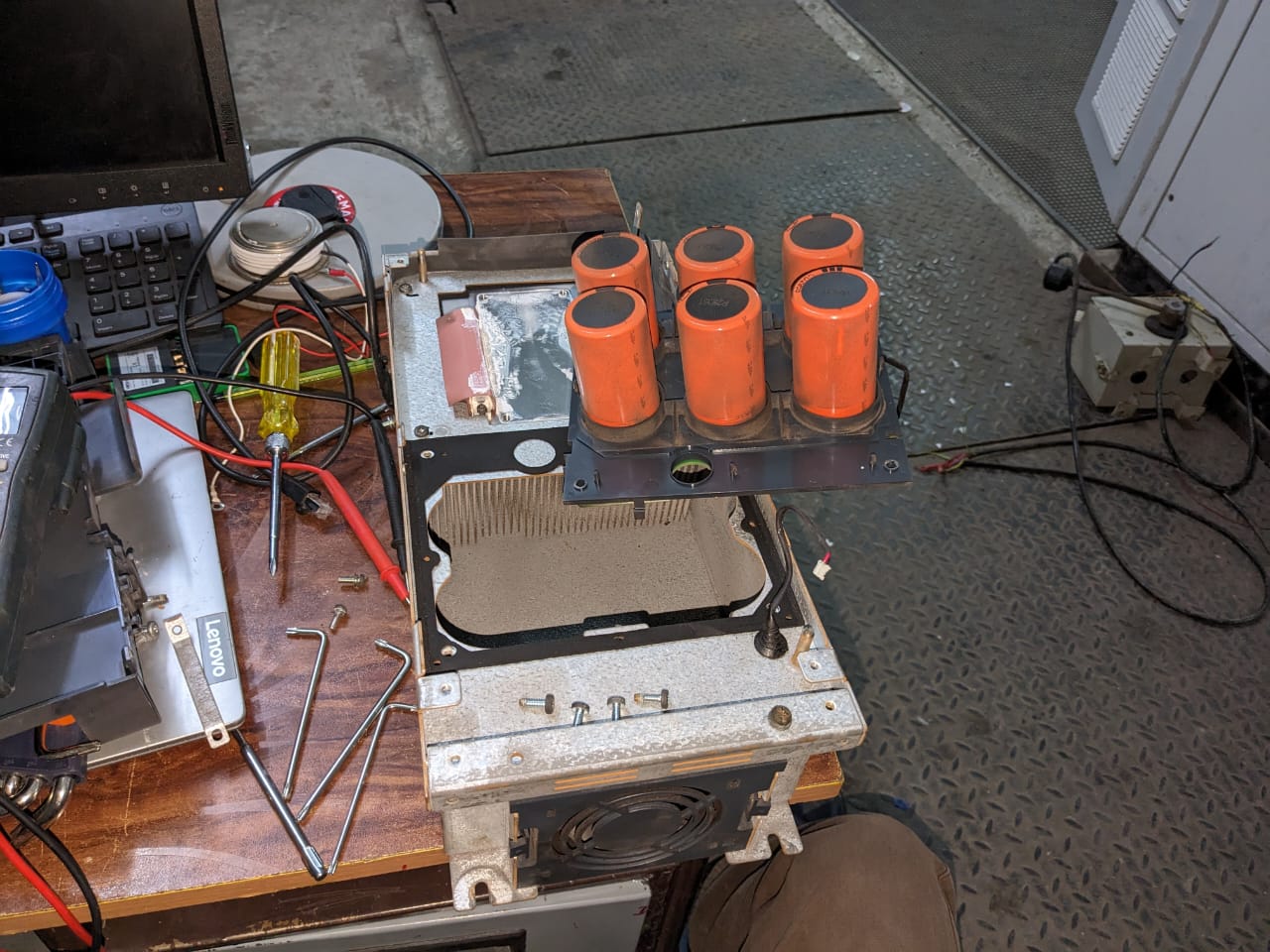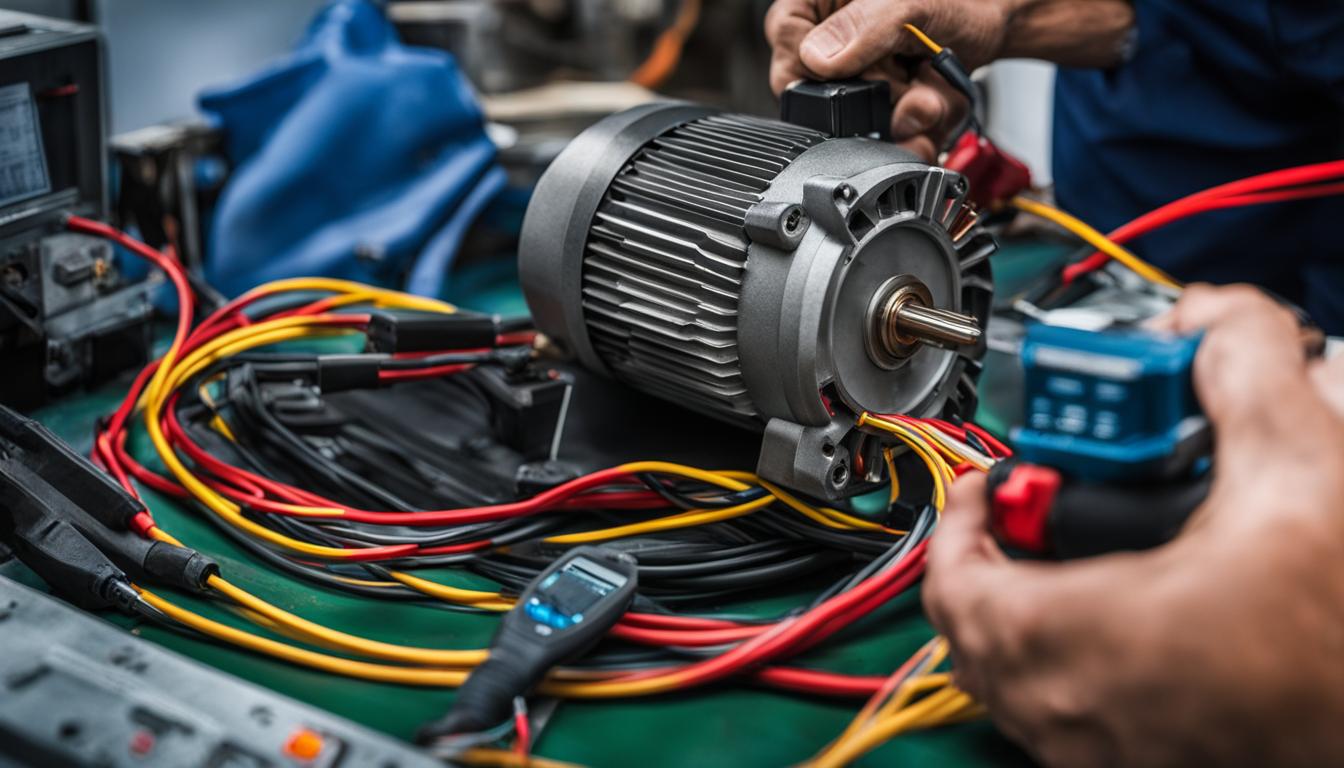LV, or Low Voltage, refers to the range of electrical voltages typically used for powering various residential, commercial, and light industrial applications. It encompasses voltage levels below 1,000 volts (1 kilovolt), usually ranging from 100 to 600 volts, depending on regional standards and regulations.
Low voltage systems are commonly found in homes, small businesses, retail establishments, and other similar settings. They provide power to a wide range of electrical devices and equipment such as lighting fixtures, appliances, computers, and communication systems.
One of the primary advantages of low voltage systems is their enhanced safety. The lower voltage levels significantly reduce the risk of electrical shock, making them safer for use in environments where people may come into contact with electrical equipment. Additionally, the lower voltages generally pose a lower fire hazard compared to higher voltage systems.
Low voltage systems are typically more cost-effective to install and maintain compared to medium or high voltage systems. The equipment used in low voltage systems, such as wiring, switches, and outlets, are more readily available and less expensive. Furthermore, the installation process is usually simpler and requires less specialized expertise.
Another benefit of low voltage systems is their compatibility with various energy-efficient technologies. Many modern devices, such as LED lighting fixtures and energy-saving appliances, operate on low voltage power. These systems allow for easy integration of energy management systems, home automation, and smart technology applications.
While low voltage systems have numerous advantages, they are not suitable for long-distance power transmission due to higher resistive losses. For efficient distribution over longer distances, higher voltage levels are required, necessitating the use of medium or high voltage systems.
In summary, low voltage systems are widely used in residential, commercial, and light industrial applications. They offer enhanced safety, cost-effectiveness, and compatibility with energy-efficient technologies. However, they are not suitable for long-distance power transmission.





